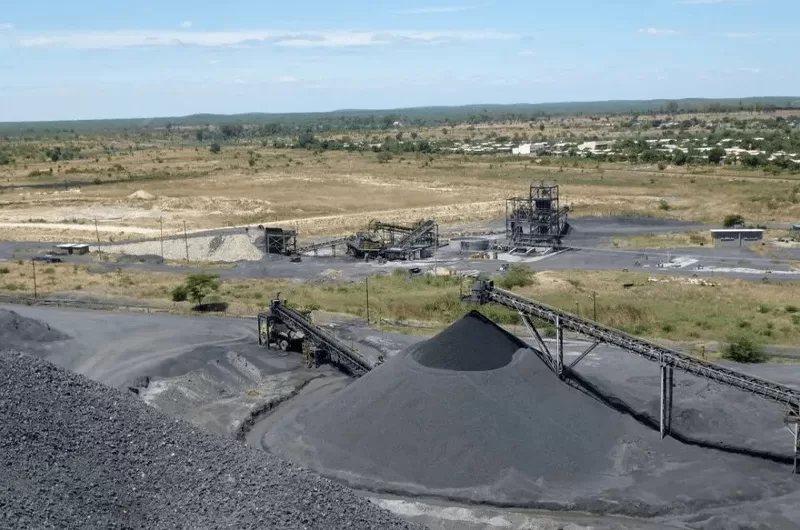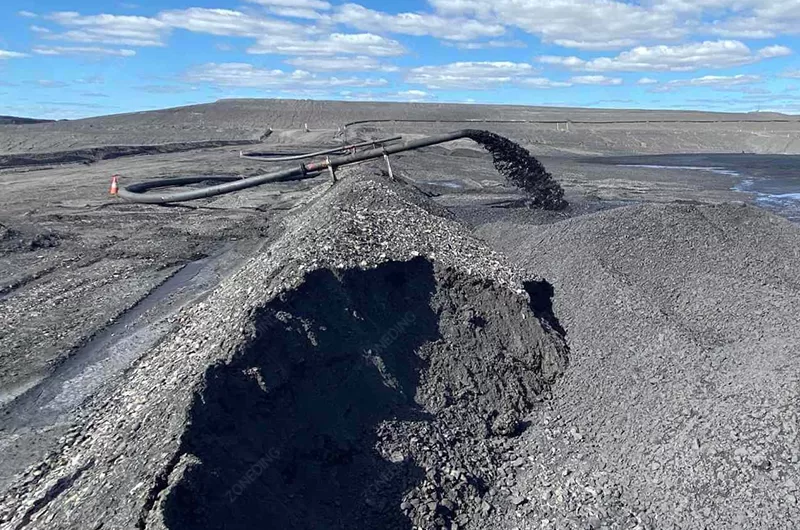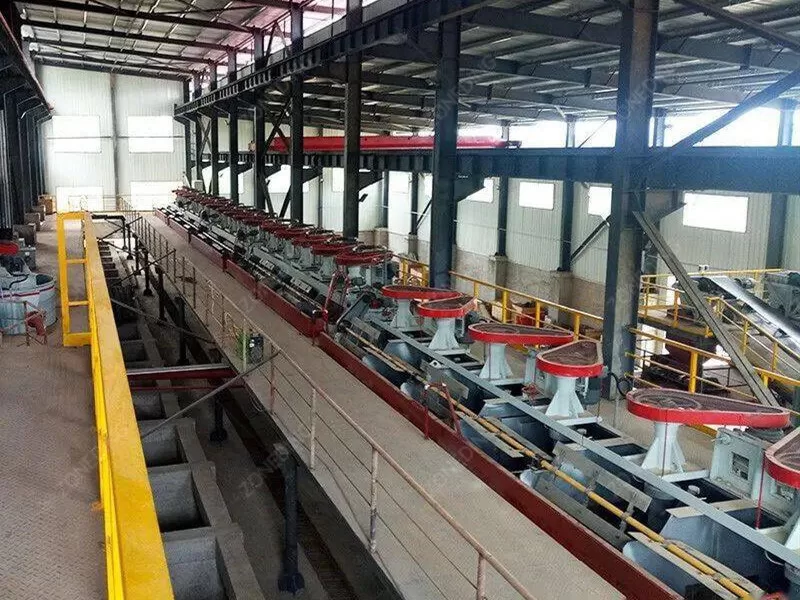全站搜索
Search the entire website
Search the entire website
For every mining company, tailings represent one of the largest operational and financial challenges. Traditionally viewed as a costly waste product, they consume vast amounts of land and require perpetual management. But this perspective is rapidly changing. It’s time to see tailings not as a liability, but as a misplaced resource. This guide will show you how to recycle tailings and turn a major operational headache into a new, profitable revenue stream. By implementing modern tailings management solutions, you can transform this challenge into a remarkable opportunity.
Before we explore how to profit from them, let’s clarify what mine tailings are. Imagine you’re making orange juice. The valuable juice is your final product, and the leftover pulp, peel, and seeds are the waste. In mining, tailings are the equivalent of that leftover pulp. They are the finely ground rock particles and process water that remain after the valuable minerals have been separated from the ore. To extract metals, a mining crew first crushes the ore rock using machines like Jaw Crushers and then grinds it into a fine powder with enormous Ball Mills. This slurry is processed to remove the target minerals, and everything else becomes tailings.


It’s important to distinguish tailings from “waste rock.” Waste rock is the coarse, barren rock removed to access the ore body. Tailings, however, result from processing the ore itself, making them very fine, like sand or silt. This fine texture, combined with their massive volume and potential residual chemicals (from processes like flotation), makes them a significant management challenge.
The ever-increasing cost of mine tailings storage facilities (TSFs) is a major driver for companies to seek alternatives. These costs include not just building the dam, but also the long-term monitoring, water management, and eventual reclamation, which can last for decades. However, because you have already mined and ground the tailings, the most energy-intensive steps of processing are complete, presenting a unique opportunity for mine waste recycling.
Once you see tailings as a pre-ground resource, a world of opportunity opens up. The key is to match the characteristics of your specific tailings with the right market and technology. Here are five profitable uses for tailings.
The most direct path to turning tailings into assets is to re-evaluate what was left behind. Mining operations from even a decade ago were less efficient, meaning historic tailings dams often contain significant amounts of the primary mineral that were not recovered initially. This is especially true for fine-grained ore bodies where valuable particles were not fully liberated. Modern tailings reprocessing techniques can capture this lost value. For example, advances in ultra-fine grinding can liberate microscopic gold particles that were previously locked within pyrite or other waste minerals.


By re-grinding only a specific fraction of the tailings, you can cost-effectively unlock this hidden value. Our advanced Flotation Machines with customized reagent schemes can then selectively capture these newly liberated particles, essentially allowing you to mine your own waste pile with a much lower carbon footprint and without the cost of new drilling and blasting.
The hidden value in tailings is not always more of the primary metal. Often, they contain secondary “critical minerals” like rare earth elements (REEs), cobalt, indium, and lithium, which were ignored during initial processing. These materials are essential for high-tech industries, from electric vehicle batteries to wind turbines and smartphones.

As global supply chains for these materials become more volatile, extracting critical minerals in mine tailings becomes a strategic advantage. It’s a form of waste rock recycling that taps into high-demand, high-price markets. This valorization requires specialized equipment for reprocessing tailings. ZONEDING’s high-gradient Magnetic Separators are perfect for concentrating weakly magnetic minerals like monazite (a source of REEs), while our specialized gravity tables can separate other dense critical minerals from the lighter gangue material.
The physical bulk of tailings has immense potential. With the right technology, you can convert them into manufactured construction aggregates like sand and gravel. The tailings to construction materials process is a high-volume recycling solution that can create a steady revenue stream. This “manufactured sand” can often outperform natural sand in concrete due to its controlled shape and size, which you achieve with equipment like a Cone Crusher for shaping and high-frequency screens for precise sizing.
Furthermore, specific types of tailings are excellent for creating building products. Learning how to make bricks from mine tailings involves mixing the fine material with a binder (like cement or lime) and sometimes fly ash, pressing it into molds, and then curing or firing it. The result is a durable and sustainable building product that can be sold to local construction companies, directly offsetting your operational costs.
Certain tailings can become high-value ingredients for “green” building materials. If your tailings have the right chemical composition (rich in amorphous silica, alumina, or calcium), they can act as a pozzolanic material, meaning they react with byproducts in cement to form stronger bonds. This makes them an excellent supplementary cementitious material (SCM). As an SCM, they can replace a significant portion of carbon-intensive Portland cement in concrete, drastically lowering its environmental footprint. For every ton of cement you replace, you prevent nearly a ton of CO2 from entering the atmosphere.
This strategy turns your waste into a value-added product for the sustainable construction market. The process typically requires a ZONEDING Rotary Dryer to achieve the perfect moisture content, followed by grinding in a dedicated ball mill circuit to reach the required fineness.
One of the most practical ways to recycle tailings is to put them back underground. You can mix dewatered tailings with a binder like cement to create a “paste backfill.” This engineered paste is pumped into mined-out voids (stopes), where it hardens and provides crucial ground support.
This improves mine safety and can even allow you to recover ore from pillars that were previously left behind. While this doesn’t create a saleable product, the economic benefits are massive. It drastically reduces the volume of tailings stored on the surface, directly cutting the enormous long-term cost of mine tailings storage, management, and environmental liability. For every ton of tailings placed underground, you eliminate the risk and cost of storing it on the surface forever.
Selecting the best strategy is not a one-size-fits-all solution; it depends entirely on your specific circumstances. A successful project requires a clear-headed analysis of these key factors:
An established iron ore mine in Western Australia was facing a major challenge. Their tailings storage facility was approaching capacity, and the high cost and long lead time for a new dam threatened the mine’s future profitability. They approached ZONEDING for a tailings management solution.
The five methods outlined above prove that mine tailings are not an end-of-life waste product. They are a complex resource rich with hidden potential. Whether you are recovering lost metals, tapping into the high-tech critical minerals market, or producing essential materials for the construction industry, there are clear, proven, and profitable ways to recycle tailings.
Adopting a strategy to turn your waste into wealth is no longer just a clever idea; it’s a strategic imperative for the modern mining industry. Taking action reduces your environmental footprint, mitigates your largest long-term risks, strengthens your social license to operate, and opens up entirely new revenue streams for your business.
Iron ore is the backbone of modern industry. As a key supplier of mining equipment, I know how important it is to understand your raw material. The most common iron ores are hematite and magnetite. While both provide the iron vital for steel, the...
View detailsBeryl is one of those minerals. Most people know it from its famous family members, like the brilliant green Emerald and the sea-blue Aquamarine. These are beautiful gemstones. But for us, Beryl is much more than just a pretty stone. It is also t...
View detailsAndalusite may not be a household name like gold or copper, but this powerful mineral is a hidden hero in the world of high-temperature industries. My company, ZONEDING, has engineered mineral processing solutions since 1990, and we understand th...
View detailsStarting a limestone processing plant is a big project, but it can be very profitable. The process involves taking large rocks from a quarry and turning them into valuable products like construction aggregate or lime. You need a solid plan, the r...
View details